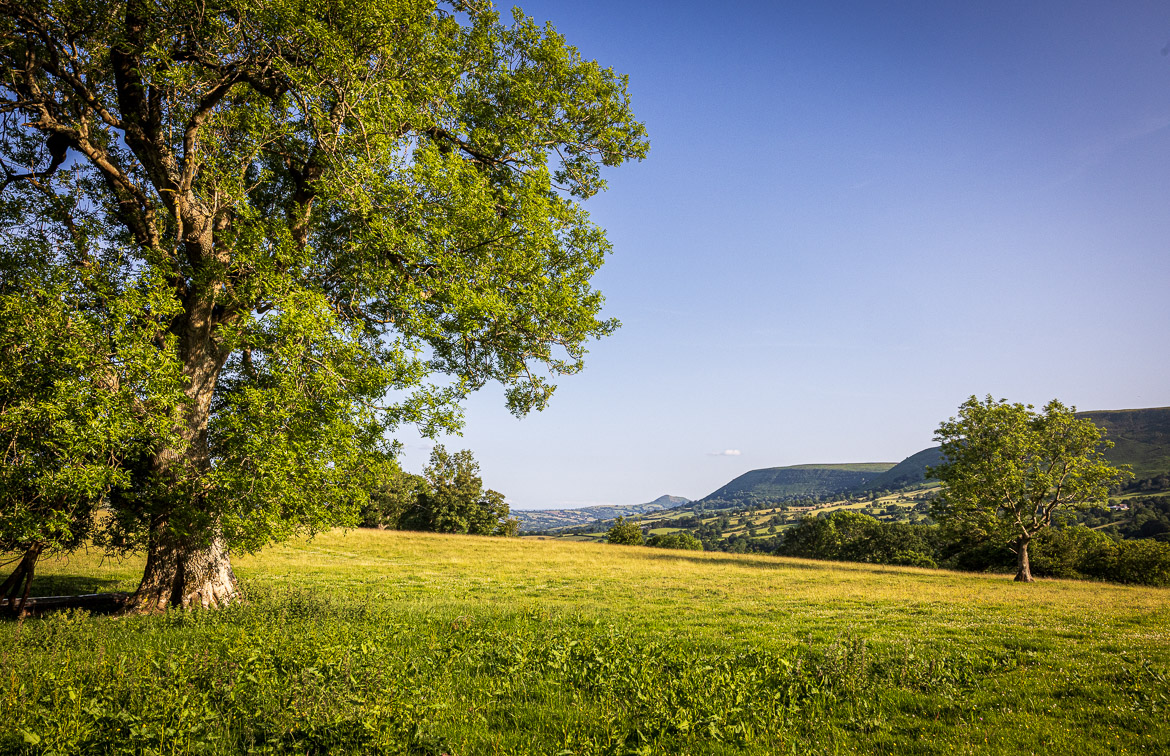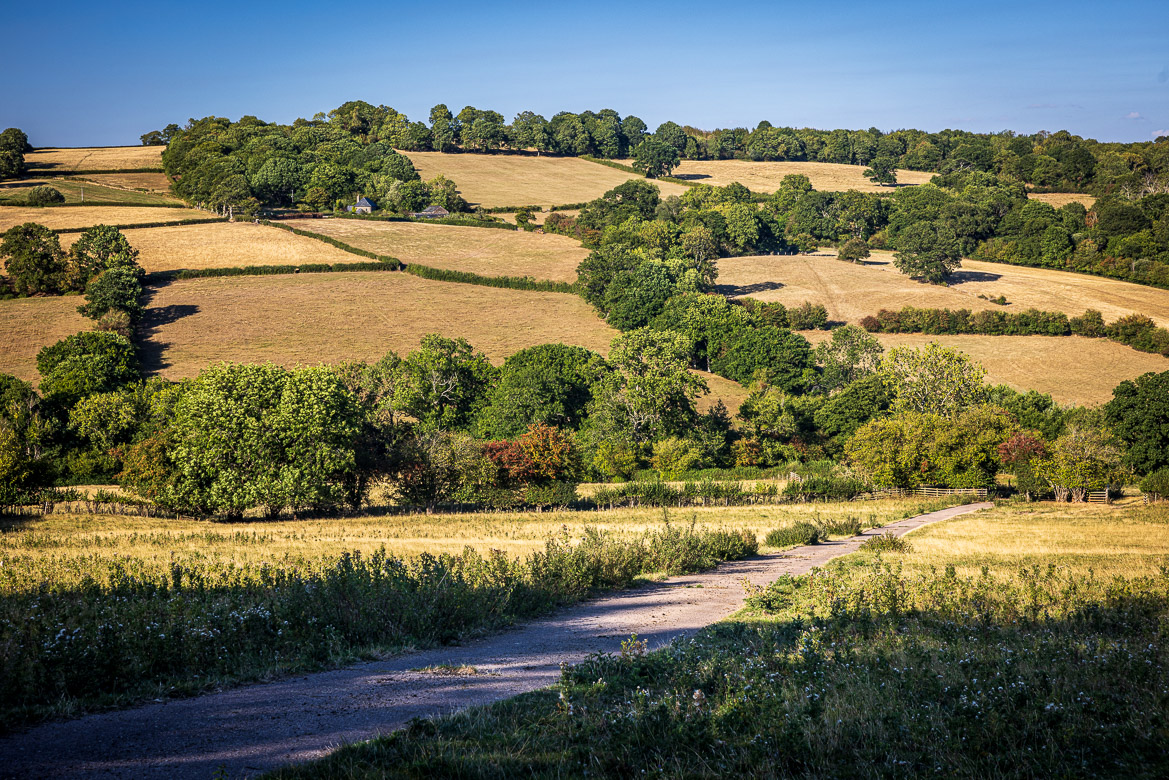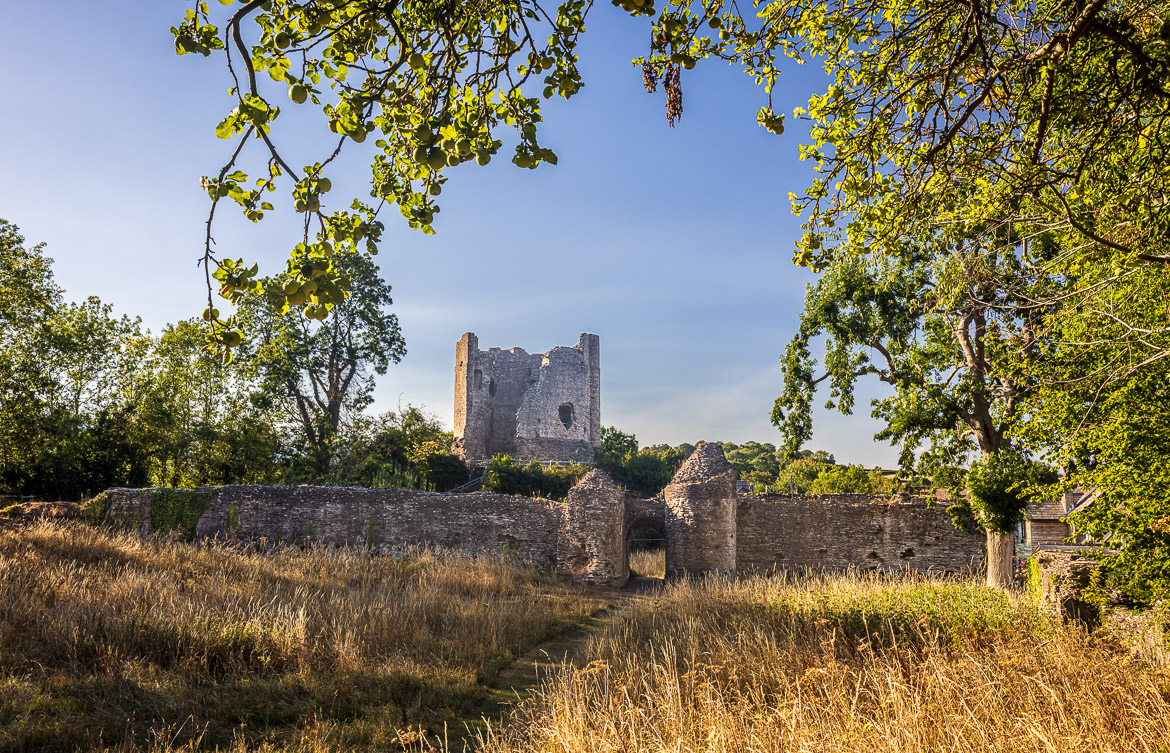
After a couple of months of posts from our Swiss journey, I am back with posts and stories from the Welsh Marches, some from Herefordshire and Shropshire, some from Wales. I start with another ruined castle in Herefordshire, near the Welsh border, Longtown Castle.
The first fortification at Longtown was a Roman fort built at the Roman road that ran along the Welsh border. It would probably have been manned by around 500 men. After a Welsh attack on Hereford in 1055 it was further reinforced. The ditch was widened, and the embankment was raised to around 5 metres.
After the Norman invasion, William the Conqueror sent Walter de Lacy to Herefordshire to defend the Welsh border, and a chain of castles were erected from Chepstow in the south to Ludlow in the north.
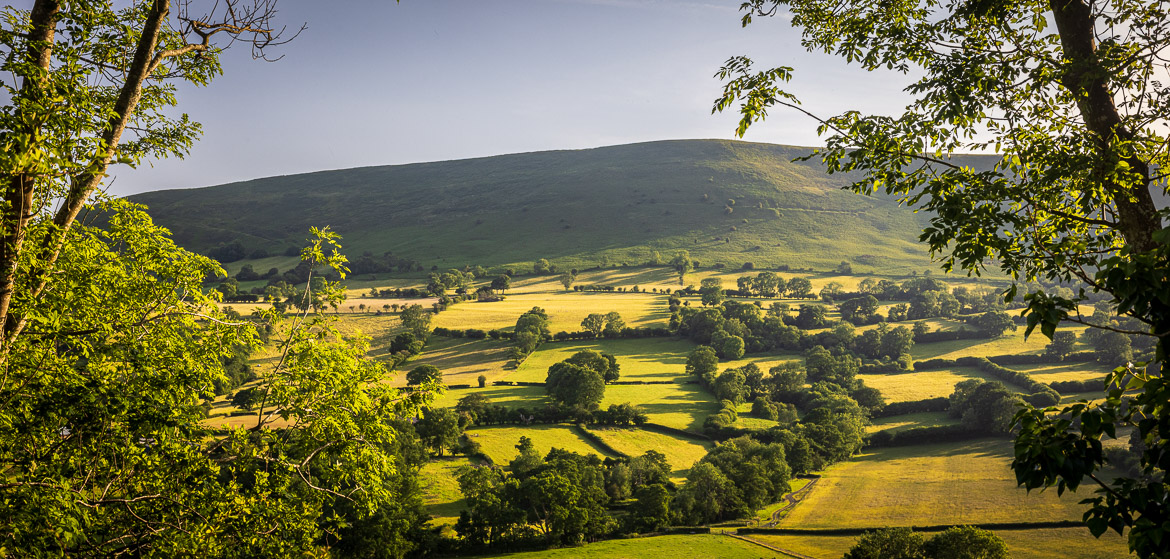
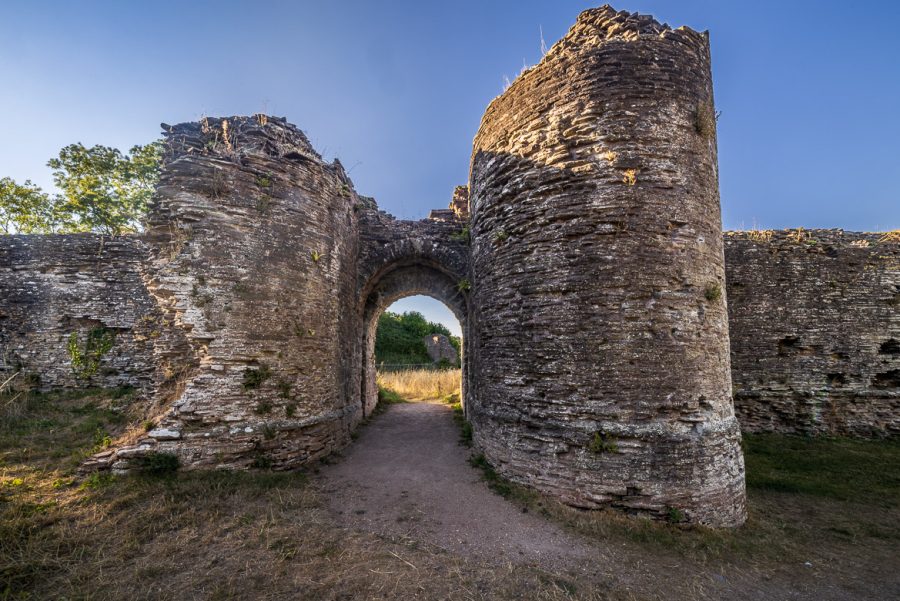
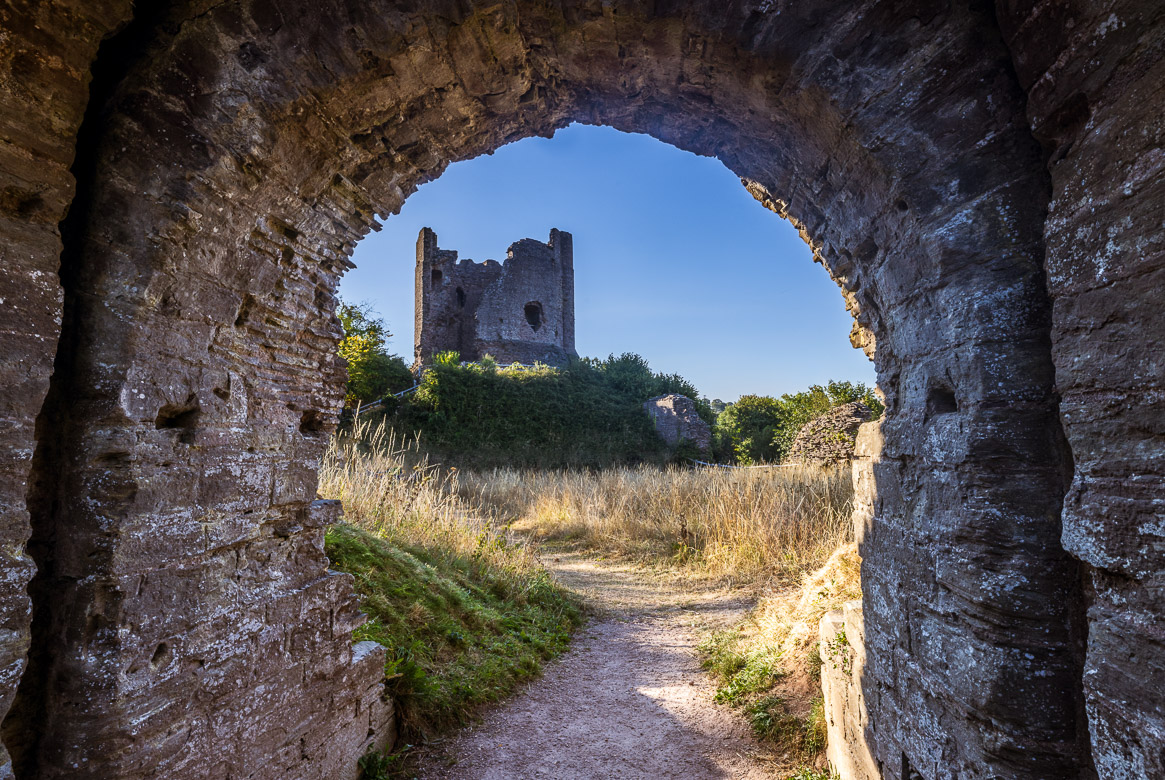
Walter de Lacy built a castle on the site of the Roman fort at Longtown utilising and extending the existing earthworks. That would have been built mainly of wood, but in 1150 Gilbert de Lacy, Walter’s grandson, replaced the old wooden castle with the stone castle which we can see the ruins of today. At one end was the keep, a round tower with 5 metres thick walls, which held the personal apartments of the lord and his family. It would also in battles become the last line of defence for the garrison after the outer walls were breached.
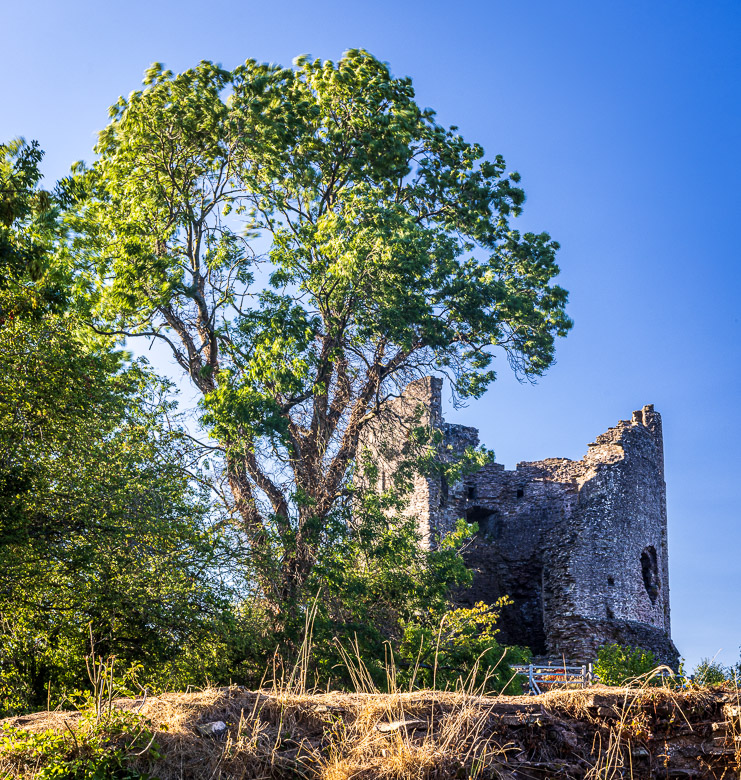
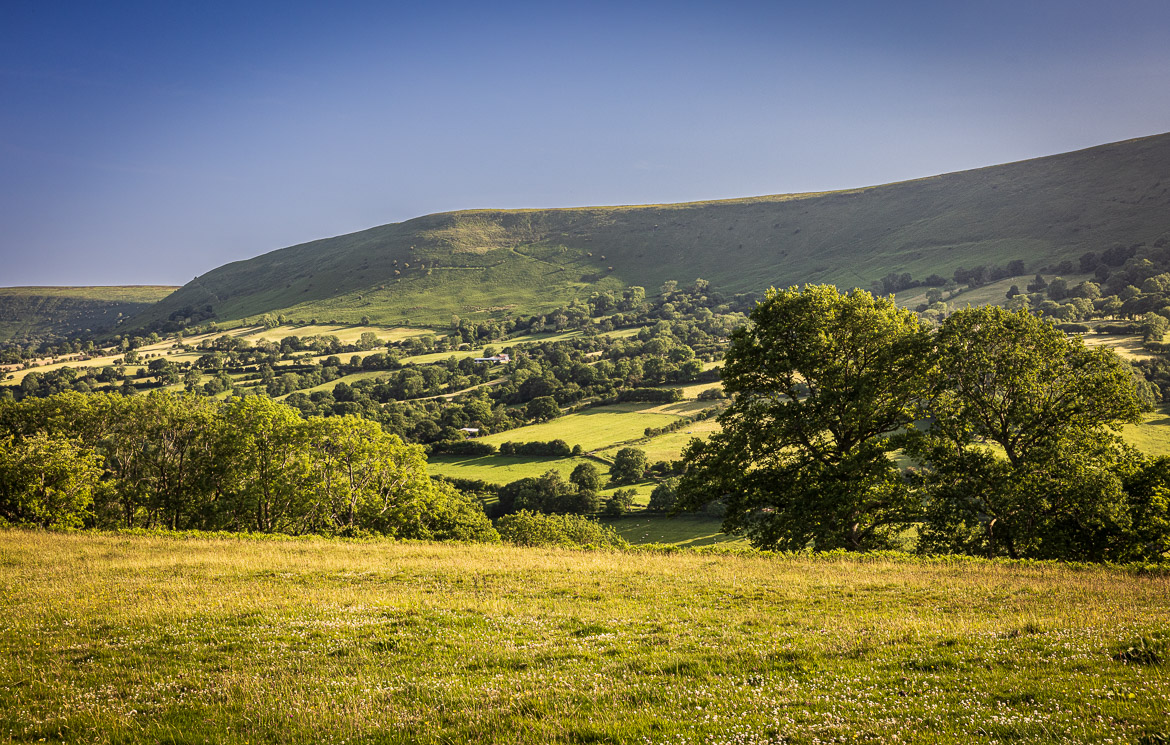
A new town was laid out on two sides of the castle; due to its design stretching out both north and south of the castle. It became known as Long Town. Longtown is situated on a ridge with the river Monnow on one side and the Olchon Brook on the other. And the views from the ridge are beautiful with the Black Mountains of Wales nearby and just across the border is Llanthony Priory, which I have described in another post. But to get to the priory from Longtown is a long roundabout journey, as there is no direct route across the mountains. The ridge offered some great views of the valleys below and I included some of my photos showing those views in early evening light.
